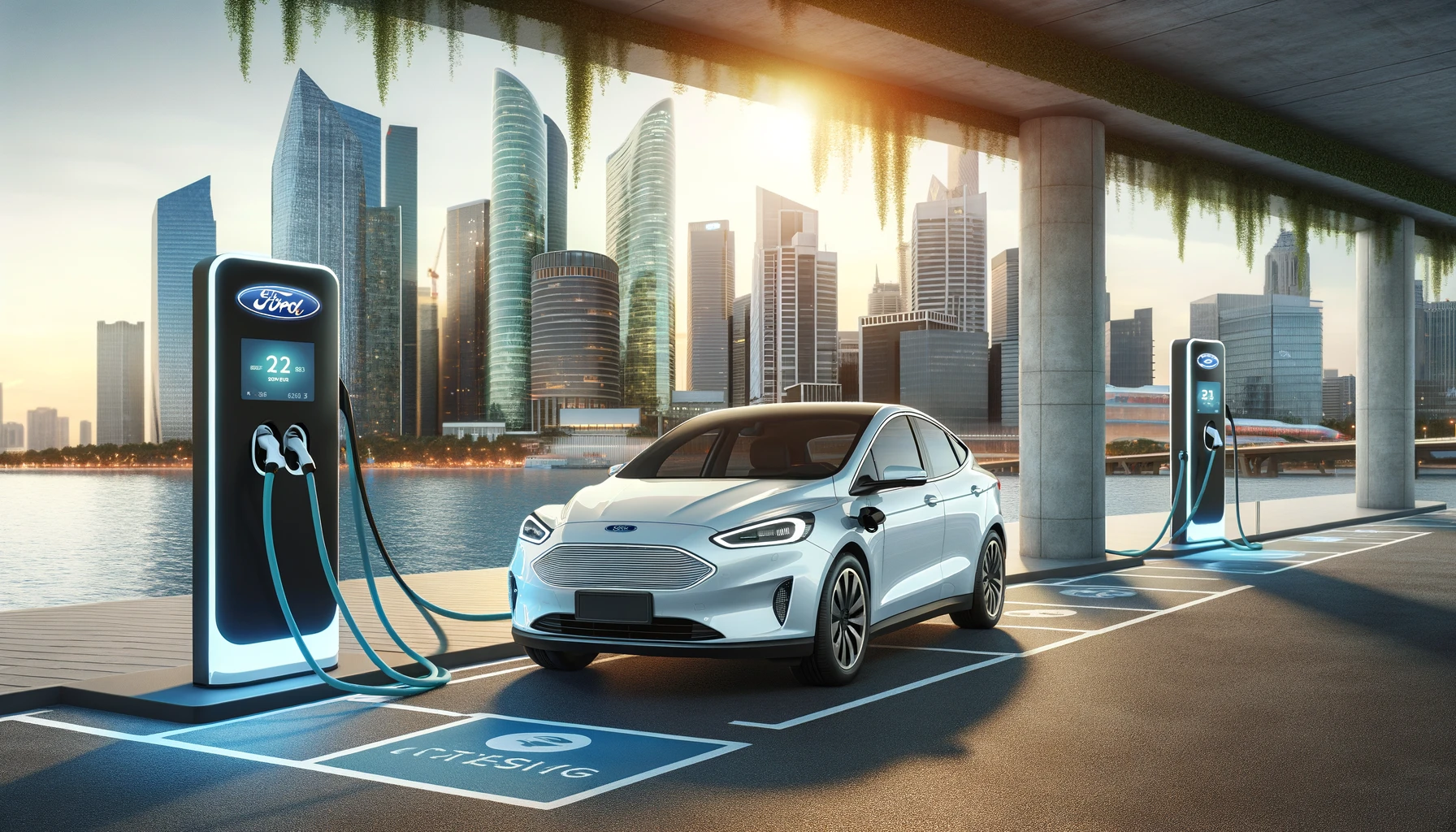In a recent turn of events, the National Transportation Safety Board (NTSB) has launched an investigation into a tragic incident where a Ford Mustang Mach-E crashed into a stationary Honda CR-V. The collision, which resulted in a fatality, occurred on Interstate 10 in San Antonio, Texas. The NTSB is delving into the specifics of the accident to ascertain whether Ford’s BlueCruise, an advanced driver assistance system (ADAS), was active at the time of the crash. The examination will scrutinize driver interactions with the system, aiming to enhance vehicular safety measures.
The incident has reignited debates and concerns regarding the safety and reliability of driver-assistance technologies. Previous instances involving driver-assistance systems have often led to questions about the extent to which these systems can substitute for human vigilance. Data from earlier incidents show a pattern of misuse and overreliance on such systems, resulting in critical evaluations by safety agencies and industry watchdogs. Manufacturers have been urged to improve the technology, ensure clearer guidelines for usage, and better educate consumers about the capabilities and limitations of these systems.
Investigation Details
The NTSB’s inquiry, identified as HWY24FH006, expects to produce a preliminary report within 30 days. With federal regulations mandating automakers to report any fatal accidents involving Level 2 driver-assistance systems directly, Ford has complied, informing the NHTSA immediately upon learning of the incident. The company has also expressed its commitment to full cooperation with the ongoing investigation. This accident serves as a stern reminder of the potential risks associated with partially automated driving technologies.
Insights into BlueCruise
BlueCruise is Ford’s take on ‘hands-free highway driving’ and is categorized as a Level 2 automated system. This classification denotes that continuous driver supervision is necessary, and the driver must be ready to take over vehicle control instantly. Despite being equipped on a majority of controlled-access highways in the U.S. and Canada, the system’s safety has come under scrutiny due to the recent incident. Ford’s efforts to advance its driver-assistance features must now contend with the implications of this investigation.
Industry-Wide Safety Concerns
The realm of advanced driver assistance systems has seen its fair share of analysis and critique. Articles such as “Ford BlueCruise, GM SuperCruise ranked as best Driver Assistance systems, Tesla Autopilot ranks 7th” from Teslarati and “BlueCruise” from The Verge have provided comprehensive assessments of different ADAS offerings. These articles put forth rankings and overviews of various systems, discussing their functionalities, limitations, and user experiences. They impart valuable context, highlighting the competitive landscape of driver-assistance technologies and the continuous efforts to enhance vehicular safety.
As I reflect on the situation, the gravity of this incident underscores the need for balancing technological progress with safety. Driver-assistance systems like BlueCruise represent significant advancements in automotive technology, aiming to reduce human error and improve driving experiences. However, they also introduce new challenges and ethical considerations surrounding user responsibility and technological reliance. Ensuring the safety of these innovations remains a paramount concern, and the outcome of the NTSB’s investigation will likely influence future developments and regulations in the industry.










